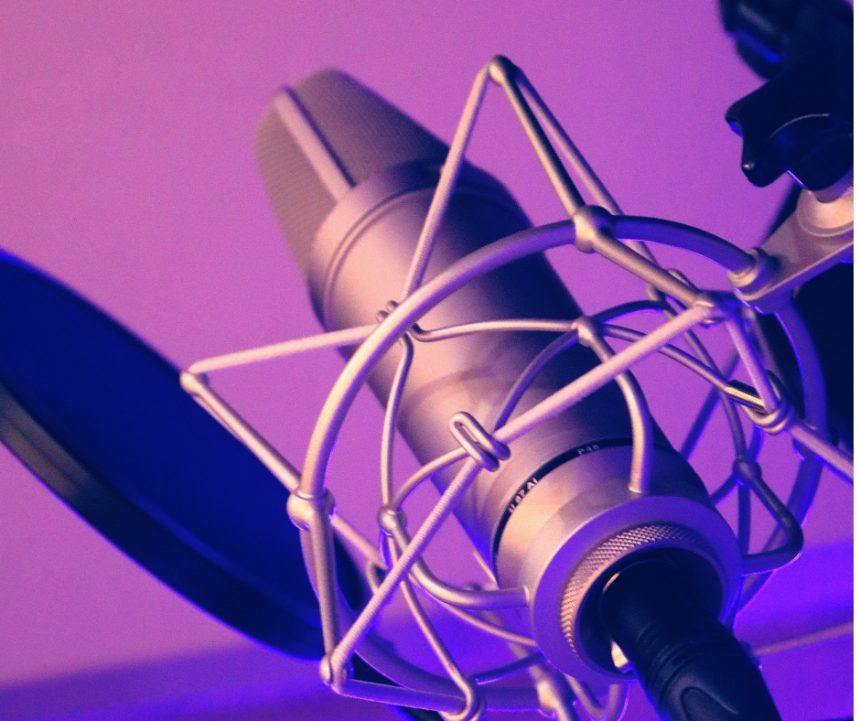A classic trick that has been used countless times by artists such as Led Zeppelin, Pink Floyd, Jimi Hendrix, and many more, is also often used in scary movies, when somebody is talking with spirits or when the sound designer needs to create a voice that sounds “possessed.” Reverb is recorded so that it swells into the vocal track before every word, creating a very eerie effect. Here’ s how it was accomplished with 24-track analog tape and the newer digital alternative.
At the end of the song or section of dialog, the tape was flipped over. A long decay time would be set on a classic plate reverb. The lead vocal track was fed into the reverb and the reverb return was recorded onto a blank track on the tape. (Of course, because the tape was “upside down,” the tracks were now reversed: Track one became track 24, two became 23, and so on.) When the recording was done, the tape was flipped back over. The effect wouldn’t work in all places, but it would be really dramatic on certain words.
Often a flanger was then patched across the reverb for additional effect. The effect also worked well with other instruments. If you’re still working with analog tape, try it. (On some 8-tracks, the head alignment might be off when turning the tape over, which would seriously deteriorate signal strength. On the other hand, the effect might even be spookier!)
Of course, most people don’t have reels to flip anymore. But one can achieve the same effect with digital audio software, even if the process is a bit more complicated.
- Copy your lead vocal track onto another blank track.
- Select a range longer than the soundbyte itself, to edit and remember it. Make sure you leave a few blank bars both at the beginning and the end of your vocal.
- Using a plug-in or editing feature, reverse the track.
- Insert a reverb plug-in on the reversed track.
- Set the reverb to a long hall or plate sound with about a 3.0 decay time. Set the mix or balance to fully wet. (All you want is the reverb return, not the mix of the vocal and reverb return.)
- Bounce the track to disk.
- After bouncing to disk, remove the reverb plug-in from the insert.
- Select the track with the same range that you had selected before.
- Reverse the track.
- Mix it with the lead vocal track and use the parts that sound good (usually right before the actual singing).
- Try a phaser or flanger patch inserted on the backwards reverb.
The same process was also used with delay. (On Led Zeppelin’s “Whole Lotta Love,” check out the vocal break: “Woman, you needed me.) Just set your delay to I/4- or 1/2-note, and you’re set. -Arty Skye
SysEx-FX
One way to get more use out of simple effects devices is, to use the often-overlooked MIDI capabilities of the effects unit. By recording the SysEx data and/or program changes into your sequencer, you can make one effects unit do the job of several. This works best if you can automate the audio signal you’re sending to the unit, but you can still achieve the goal without the automation.
The object here is to use the effect on one sound, then switch to a different effect later. For example: The intro to the song starts and you send the vocal to a nice flange patch on the effects unit. Later in the first verse you send the snare to the same unit for one explosive verb effect (you’ll need to program a patch change to select a huge reverb via your sequencer). At the end of the first chorus, you send the guitar lead into the unit to access a long digital delay, which changes its feedback level for only the last note. See the possibilities?
Connect, the effects unit to your sequencer via MIDI just like you would any other piece of MIDI gear. Set the MIDI channel correctly and make sure it’s sending and receiving, etc. Check the manual of the specific effects unit to make sure you understand its MIDI capabilities. (Some units like the Eventide H series make it easy to send SysEx info in real time and then play it back.)
Now as you listen to your song, think of the little bits of ear candy you would like to use and try them out at the proper times in the song. Then insert the program changes into your sequence track at the right points. If you’ve modified any of the patches, save them to new patch locations and alter the program changes accordingly. If your audio signal can be automated, you can redirect the source audio through the unit at exactly the right time. If not, just manually twist the audio channel’s aux send knob when you want to hit the effect. (Congratulations, your fingers still work!)



Leave a Reply